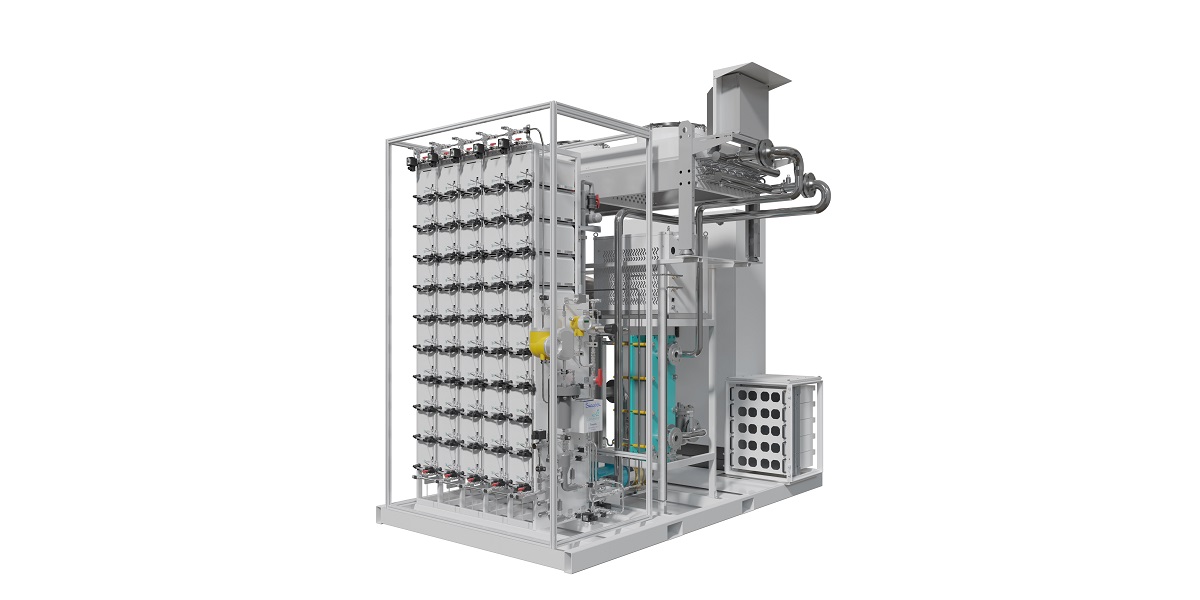Enapter has secured four new orders for its megawatt-class electrolyzer, the AEM Nexus 1000. The German-Italian electrolyzer company said that it will supply three 1 MW AEM Nexus multicore-class units to the logistics company CFFT, including the operation of a harbor near Rome. It noted that the deal with CFFT is the largest single order from Europe in its history. In addition, Enapter said that F.i.l.m.s SpA, an Italian company from the OMCD Group that specializes in hard metal parts, has ordered a 1 MW AEM Nexus 1000 electrolyzer.
This content is protected by copyright and may not be reused. If you want to cooperate with us and would like to reuse some of our content, please contact: editors@pv-magazine.com.


2 comments
By submitting this form you agree to pv magazine using your data for the purposes of publishing your comment.
Your personal data will only be disclosed or otherwise transmitted to third parties for the purposes of spam filtering or if this is necessary for technical maintenance of the website. Any other transfer to third parties will not take place unless this is justified on the basis of applicable data protection regulations or if pv magazine is legally obliged to do so.
You may revoke this consent at any time with effect for the future, in which case your personal data will be deleted immediately. Otherwise, your data will be deleted if pv magazine has processed your request or the purpose of data storage is fulfilled.
Further information on data privacy can be found in our Data Protection Policy.